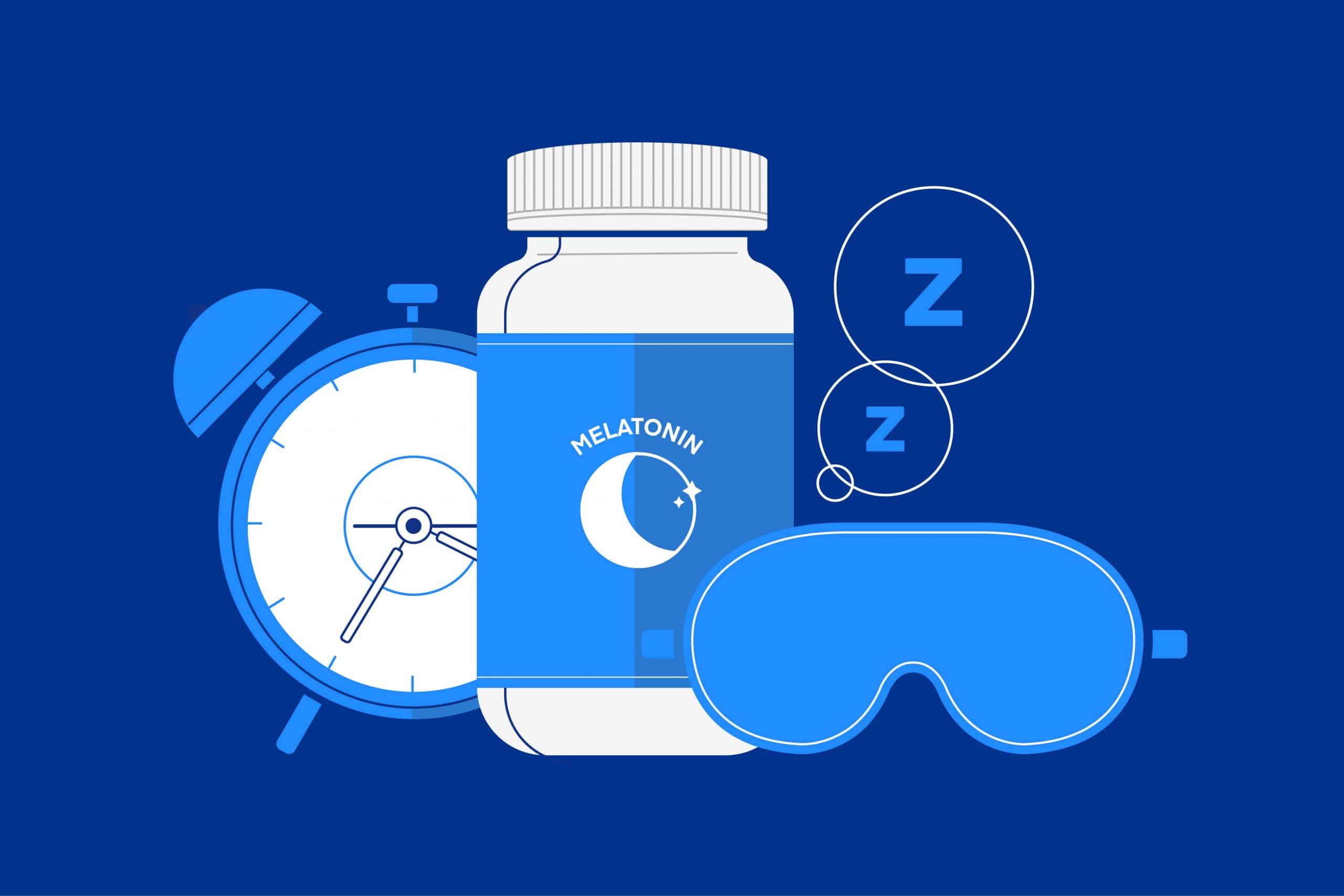Mattresses provide the foundation for sleep and choosing the right one can make all the difference when it comes to comfort.
Your mattress is supposed to provide support for your back and joints, promote good alignment, and cushion against pressure points and pain. But, sleeping on a bed that is wrong for you can affect rest by creating pain, tension or other problems.
According to National Sleep Foundation polls, more than 9 in 10 people say that a comfortable mattress is important to sleep quality, the most widely agreed upon factor in their surveys.
However, many shoppers report feeling intimidated when trying to select a new bed due to the abundance of options and conflicting or unclear information.
Surveys from the Better Sleep Council found that many Americans delay buying a new bed because they feel overwhelmed by the shopping process. Common frustrations people mention included not knowing when to replace, how much to spend, what to look for, how to narrow options and discomfort testing beds in stores.
Rather than struggling with an old mattress or rushing a purchase only to regret it later, reduce shopping stress and equip yourself to choose the best mattress by learning a little about beds and how to compare them.
7 Helpful Tips for Choosing the Best Mattress
Based on our experience helping customers find the perfect mattress, we’ve put together a few helpful tips for choosing the best bed, designed to help you get better sleep and to make the process simpler.
Make Note of What You Want First

Mattress preferences tend to be quite individual so when looking for your perfect match, the number one consideration is… you!
Before you even start shopping, it can be very helpful to make a list of what you want in a bed in order to better focus your search. Don’t forget to include your partner in this also, if applicable.
Here are a few good questions to ask yourself:
- What do I like most about my current mattress (and past ones)?
- What do I like least about my current mattress (and past ones)?
- What type of surface do I usually sleep best on? Hard as the floor, soft as possible, just enough softness, etc?
- What are my “must-haves” for my next mattress?
- What am I interested in trying or researching?
- What are my biggest concerns or questions when I start browsing?
- How long do I expect to use my next bed?
- Do any accessories (frame/pillows/etc) also need to be replaced?
These answers help you get a better idea of what to look for. Some may seem obvious, but writing your preferences down and brainstorming really is useful, especially later on when you are trying to narrow down the field of potential candidates.
Compare Pros and Cons of Mattress Types
One of the first places people tend to get stuck in the buying process is determining which mattress type is best for them. There is no single type that will satisfy 100% of people but comparing the pros and cons of different materials before you start shopping can give you a little insight.
For example, innerspring beds are more widespread and familiar, basic models can be fairly cheap and initial comfort is often good. However, these types of beds tend to be more prone to sagging and pain, while also having a lower average owner satisfaction according to review sites like Sleep Like The Dead.
Memory foam mattresses, the second most popular type, rate highest in average owner satisfaction and is associated with good pain relief, longevity and motion isolation. Not all brands are equal though, as some are prone to heat and odors than others, and quality can vary widely.
Latex mattresses, air beds and waterbeds also have distinct benefits that will appeal to different people, so doing a little online research into these varieties and technologies can be helpful for deciphering differences you’ll encounter when shopping.
Firm, Soft, Medium, Extra-Firm, Plush or Medium-Firm? How to Choose Firmness
Firmness proves another major point of confusion for shoppers. This is largely due to difficulty comparing firmnesses between brands and types, a lack of standard categorization, and the arbitrary nature of comfort.
Mattress makers will generally label beds somewhere on a scale of very plush to very firm, but how the bed actually feels can vary from brand to brand and even within lines, and one person’s medium might be another’s firm. To further complicate things, most beds will often soften a bit in the first year or two.
The least arbitrary measures include the IFD/ILD scale for foams (amount of weight required to compress the foam by 25%) with higher numbers being firmer and coil gauge (thickness of coil wire) for spring beds with lower numbers feeling firmer. But, the thickness of layers and padding materials also play a role. Reviews can also help you get an idea of how accurate firmness descriptions are.
If you are unsure about mattress firmness, two helpful things to consider include your sleep position and personal comfort factors.
As described in detail in one of our previous articles, here are general guidelines for mattress firmness based on sleep position preference:
- The best mattress for side sleepers should have enough give to allow hips and shoulders to sink while still supporting the waist and lumbar region. Your spine should be straight and parallel to the floor when lying down. Plush to medium is likely the ideal firmness range for you.
- Back sleepers need a supportive surface that supports natural alignment. Similar to when you are standing up straight, your spine should still have a slight curve, but there should be no more than a finger’s width of space between your back and the bed to avoid muscle tension. Beds in the medium-firm range will likely feel best.
- Stomach sleepers need supportive beds that prevent the upper body from bowing down, which can lead to back and neck pain. Beds in the firmer range with a slight comfort layer may be best.
Other things that may affect firmness preference include age, weight and medical conditions.
- Your preferences may become softer overtime since tissues become more sensitive to compression and pressure points.
- Larger individuals may need firmer beds to receive adequate support and may feel more comfortable with thicker comfort layers that adequately cushion curves.
- If you have existing pain-related conditions like arthritis or fibromyalgia, that should also be factored into your mattress decision as supportiveness and pressure point relief will prove even more important to comfort.
- In published studies, medium to medium-firm almost always results in highest comfort ratings and pain improvements versus soft or firm mattresses. If looking for the best mattress for back pain, check out a medium-firm option.
If you are trying to decide between firmness levels, we generally suggest choosing the firmer option for two reasons. First, mattresses soften a bit as you break them in, and second, you can add a mattress topper to an overly firm bed whereas correcting a too soft bed is not so simple.
Budgeting for a New Bed

In the Better Sleep Council surveys and in past Consumer Reports surveys as well, the price often proves a point of confusion for shoppers.
There is no magic price that you should spend, but the average price people pay for a new mattress ranges between $800 to $1500 according to different sources. Buying a very expensive mattress is no guarantee of comfort, and there are well-rated beds in cheaper price ranges as well.
Rather than aiming to spend a specific price, set a ceiling that makes sense for your budget and then contrast the specifications for mattresses within that range. Look for options that match your list of preferences and that have good quality and reviews compared to other options in the price range.
Specifications Tell You More Than Brand or Price
Generally, we like to think that well-known or more expensive products are inherently better, but when it comes to beds this often is not true. Compared to name or prices, the details under the covers will tell you more about a bed’s potential quality, durability and value.
With memory foam beds, for example, key things to look at include memory foam density, core foam density, the thickness of layers, cover and flameproof materials. You may find that beds with similar price points vary significantly in terms of quality, regardless of type.
Always look for detailed descriptions of what the different mattress layers are made of including support cores, comfort layers, and other components. These details can help you determine how comparable different beds are and which offers the best fit for you.
Make Use of Mattress Reviews
When surveyed by Nielsen, 70% of people said they trust online reviews, second only to word of mouth, and a GE Capital study found that 81% of shoppers seek out reviews before making large purchases. In a Google consumer survey, online reviews are the most trusted resource for mattress shoppers, selected by 28% of respondents.
The reason reviews continue growing in popularity is that they can give an unbiased view of a product or service that you simply can’t get from stores or specifications alone. When it comes to larger purchases that you will use for a long time like mattresses, this insight can prove very helpful.
Reviewers will often mention how beds compare with their expectations, what they like or don’t like, how it compares to others they’ve tried and whether or not they would recommend the mattress.
Though comfort is subjective, a large sample of reviews reveals trends that can help you determine if a mattress is likely to fit your comfort preferences, and provides another way to compare different brands and models.
The industry average for memory foam, for example, is about 80% satisfaction or 4 out 5 stars. Mattresses that rate above that might be considered above average, while ones below that may have particular issues that consumers consider below average or less than satisfactory.
When looking at reviews, just be sure to consider the source – are the reviews verified in any way? Are they on a reliable website?
For Amerisleep.com’s mattress reviews, we use a third-party review system which verifies that people leaving reviews are real customers, and we are also proud of our above-average reviews on trusted third-party sites like ResellerRatings.com.
Give Yourself Time to Adjust
It can take a few weeks to adjust to a new mattress and determine whether or not it is “the one” for you. Even an in-store test is not a guarantee of comfort, so plan on giving yourself about a month to bond with your mattress however you buy it.
Since it isn’t always easy to know if you’ve made the right choice when it comes to long-term products like mattresses, this means it is wise to look for a bed that can be exchanged or returned in a time frame you find reasonable.
Having at least 30 days to return or exchange can make buying less stressful while helping to ensure you do end up with a comfortable mattress. See how long you have to return and what’s involved so you know what to expect.
Next time you find yourself in search of a mattress, approach the process strategically to cut stress. Take inventory of what you want, learn about the main categories, and do a little research into the basics. Remember, a new bed is something you will be using for several hours a day and many years, so it’s worth the time.
Equipping yourself with information and focusing on what you find comfortable makes it easier to sort through options, compare quality, and analyze reviews – all of which will help you choose the right mattress for better sleep.
When did you purchase your last mattress? Have any mattress shopping questions or tips to share?
About the author
Rosie Osmun regularly contributes to the Amerisleep blog writing about topics including, reducing back pain while sleeping, the best dinners for better sleep, and improving productivity to make the most of your mornings. She finds the science of sleep fascinating and loves researching and writing about beds. Rosie is also passionate about traveling, languages, and history.
View all posts





